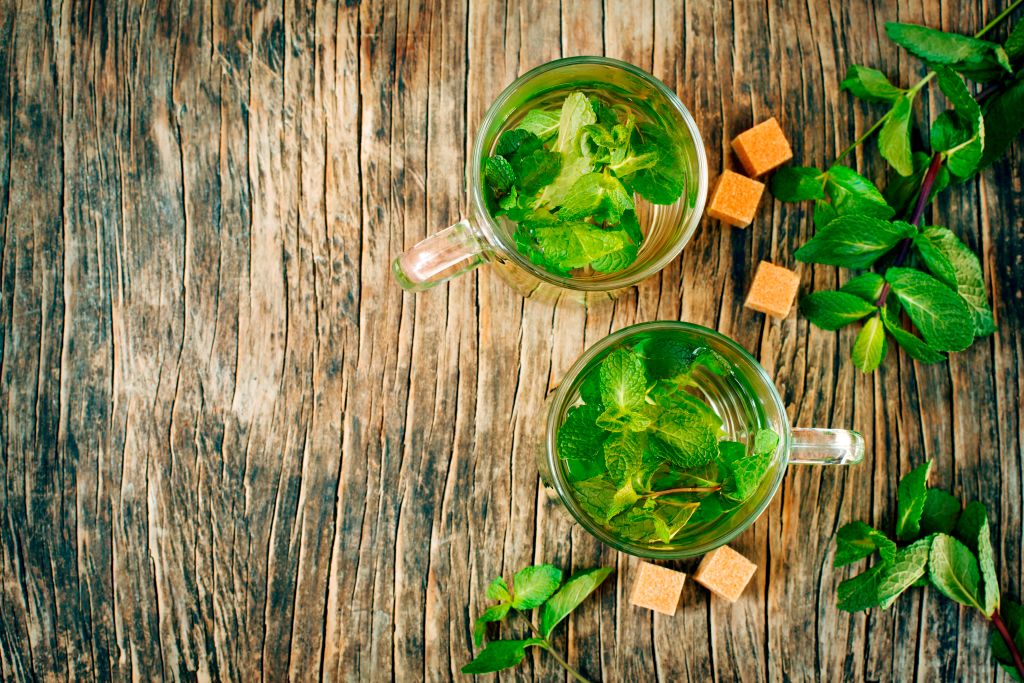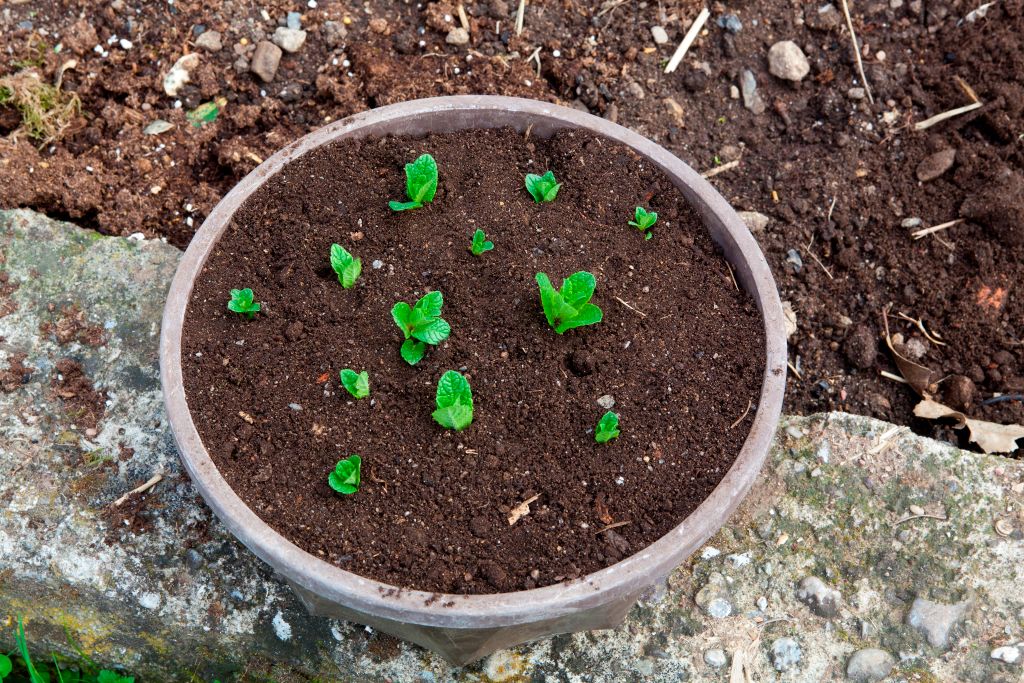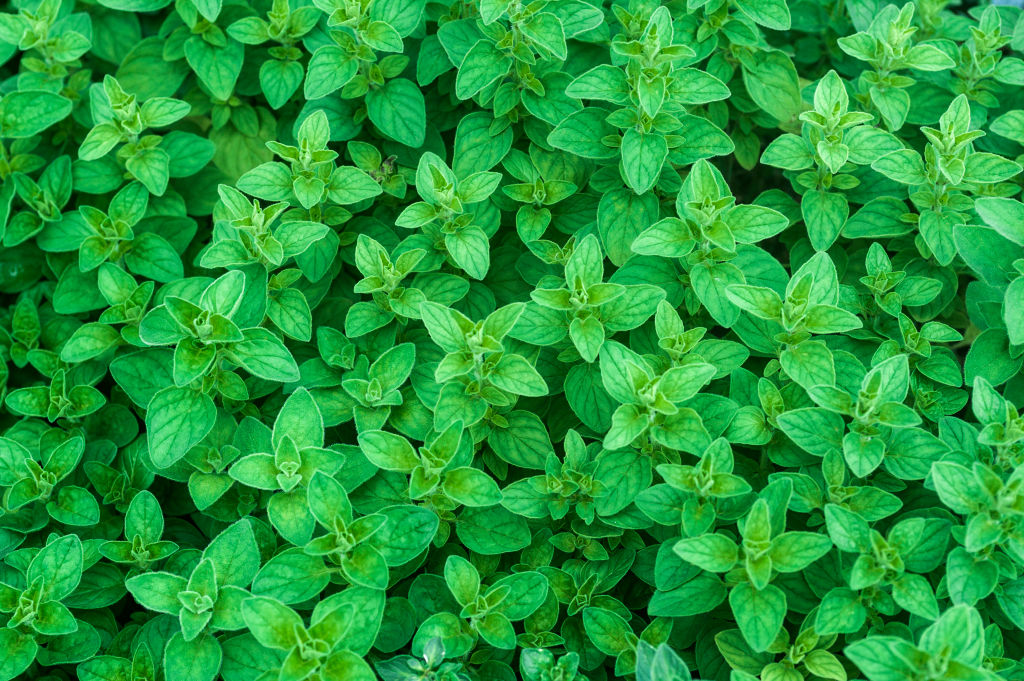How to grow mint: this refreshing herb is one of the easiest to grow
Learn how to grow mint by following our simple, step-by-step guide


Once you know how to grow mint, you'll have a fresh supply of this zingy herb to use in mint tea, cocktails and to accompany meat, potato and fish dishes. Mint is best grown from cuttings or young plants purchased from garden centres, although it can be grown from seed, if you prefer.
Mint grows really easily so your biggest problem could be containing it! Instead of planting mint in beds, where it can grow out of control, plant it in large pots or containers using soil-based compost. You can also plant your mint in a bucket and then sink the bucket into the ground to stop the roots spreading.
Mint likes sunny positions and well-draining soil, but it will tolerate partial shade. You'll find it will thrive if its roots are kept moist but not waterlogged.
Take a look at our complete guide to growing mint, from how long until it's ready to harvest, to different varieties to try and how to avoid common pests. And if you fancy learning how to grow garlic or any other herbs, you'll find plenty of advice on our grow your own hub.
How to grow mint from cuttings
1. Take cuttings about 15cm long from a mint plant in late spring or early summer.
2. Place in a jar or plastic bottle with about 2.5cm of water in the bottom and locate on a sunny windowsill.
3. Replace the water whenever it begins to look murky and wait for roots to form. This usually takes less than a week.
4. Once roots are about 5cm long, transfer the cuttings to a large pot filled with potting mix, spacing each stem about 7.5cm apart.
5. Move plants to individual containers filled with soil-based compost as they grow.
You can also place the cuttings straight into potting mix, but allowing the roots to form in water first gives you the best chance of success.
Find out how to create a herb garden in our must-read guide.
How to grow mint from seeds

1. It's best to plant mint seeds indoors in late winter or outdoors once spring has arrived and the last frost has happened.
2. Soak your seeds in water overnight the night before planting. Lay on kitchen roll to soak up excess moisture before planting.
3. Sprinkle your mint seeds across a well-draining container filled with potting mix. Cover with a thin layer of potting mix. Place on a warm windowsill and keep moist but not soaked.
4. Mint seeds are tiny, so you'll need to thin the plants out once they germinate.
5. As your plants grow, move into separate containers filled with a soil-based compost. You can then move your mint plants outside, hardening them off by moving them outside during daylight hours for a week and bringing them in at night, then leaving them outside permanently.
Want to grow other herbs too? Find out the best herbs to grow in your garden in our expert guide.
Tips for caring for mint plants
- Cut your mint back regularly to stimulate new growth
- When flowers die back at the end of summer, cut any stems that had heads on back to 5cm above the soil
- Don't grow different varieties of mint too close together as they will lose their flavour
- If growing mint in pots, separate out the rootball every year and replant into two pots
The best places to buy mint seeds online
When is mint ready to pick?
You can pick mint between late spring and the middle of Autumn. It dies back over winter but is a perennial so will come back the following year.
Use your fingers to pinch stems or leaves from your mint plants, or cut the stems with the best secateurs. Mint is best used fresh but you can combine it with sugar and white wine vinegar to make a mint sauce, which keeps well.
Varieties of mint to grow

- Mentha spicata var. crispa Moroccan, or Moroccan mint, has a crisp flavour and is perfect for mint tea or mint sauce
- Mentha arvensis Banana, or Banana mint, is a low-growing variety with a taste similar to bananas
- Mentha spicata subsp. citrata, or strawberry mint, has small leaves with a fruity flavour
- Mentha pulegium, or Pennyroyal, has a really strong flavour
Common problems when growing mint
Mint grows well in most conditions but there are a couple of issues that can have a negative impact on your crop. Key an eye out for mint beetles – these are shiny green beetles that feed on mint plants and cause damage during the summer months. You can pick them off by hand if you spot an infestation.
Rust is a common fungal disease that causes orange, yellow or black spots on mint leaves, along with pale, distorted stems. You need to dig up any plants that are affected and dispose of them. Check new plants aren't free from spots before planting.
More grow your own ideas:
- How to grow basil: it's easy with our guide
- How to grow rosemary: get a plentiful supply with our advice
- How to grow tomatoes: enjoy a bumper crop
Laura has been writing about homes and gardens for 17 years. She joined Real Homes magazine in 2015 as Deputy Editor and then become Editor before taking on her current position as Content Director for brands including Country Homes & Interiors, 25 Beautiful Homes, Period Living and Style at Home. She's currently redesigning the garden of her 1960s home in Worcestershire and will eventually reinstate the swimming pool that's currently filled with mud! Outside of homes, she's a TV presenter for QVC.
